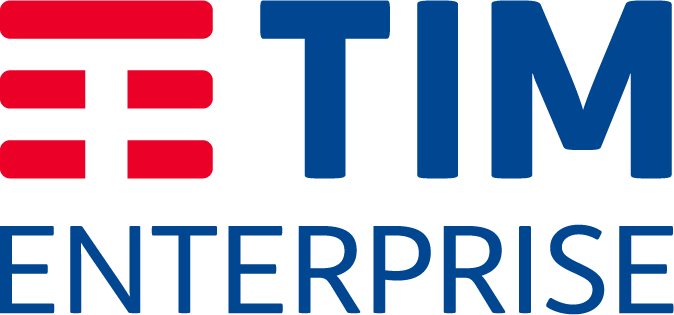1.Telecom operators’ retainment and lead generation
Many have questions about the latest gizmos and software updates as technology evolves. As a result, they often turn to Google – a search engine that processes 2 trillion searches a year – to look for answers. This way of searching for information gives an excellent opportunity to the telecom companies to connect with their customers and win their trust.
However, it can be challenging to get seen in a vast pool of information and stay relevant to the search. Many successful strategies have overcome this and reached pay-per-click (PPC) advertising. These paid advertisements appear at the top of the search results before organic listings.
This way, whenever a customer looks for an answer, whether it would be about ways to upgrade or fix their phones or merely information about the latest technologies, they are directed to the telecom provider’s website – the telecom provider they might be using themselves to make everyday calls.
This customer engagement is the beginning of a successful strategy. These users are 50% more likely to convert than organic visitors and create a direct relationship between the consumers and the brand, making users feel that their mobile company can answer their questions and concerns.
Social media strategy for telecom companies
If paired with social media advertising, this engagement can help establish a content strategy where customers see their mobile provider daily and in various circumstances. Social media ads are paid advertisements that appear in social media feeds similarly to PPC and are, therefore, also very likely to bear a similar rate of the same success.
How successful this rate is, however, depends on the type of content, relevance, and visual appeal to the audience, who would either react or ignore the content scrolling through their social media feeds.
2.Personalised quality content
Those companies customising their content can expect to generate more leads than their competitors who aren’t providing such a service. In addition, these campaigns create traffic because personalised offers drive higher conversion from users, who are merely browsing to those who are willing to buy.
Businesses that put effort into content creation to appeal to a specific audience have a higher success rate. It can play a fundamental role in converting customers into actual sales, leading to loyal subscribers.
Virgin Mobile, which co-operated with Buzz Feed to deliver their content hub for their younger users, proved this when their clients expressed that they feel like Virgin Mobile now “understood them better.”
3.A reason to engage and share
Companies in various industries offer rewards to users for bringing new customers abroad, making it a viable campaign for the telecom business. One good example is T Mobile’s referral program which provides up to $500 a year to current clients that refer others to the network. This incentive encourages Sprint customers to recommend the web to family or friends.
The central part of the successful lead generation campaign for telecom businesses is to drive the right leads, generating valuable and sensible benefits. You’ll also want to consider offering an incentive for both parties — the current customers who refer others and those who subscribe to the service for the first time.
4.Clear landing page and user journey
Ifbyphone performed a study in which they broke down the conversion rate of a single landing page and phone call conversions. They found that web conversions result in a perceived conversion rate of 3.17% – a clear sign of an underperforming landing page.
However, by implementing call tracking and measuring the page’s phone conversion KPI, they saw the total CT jump up to 8.45% – a much more respectable conversion rate and indicating that the landing page is performing exceptionally well.
It’s also important to note how customers reach this content, where they are and who they are with when they see it. According to WebFX, 61% of consumers say they’re more likely to buy from mobile-optimised sites.
5.Improved customer experience
At times, retaining customer satisfaction is simply about making the network work better. 5G connection is just one example that has given an increasingly smooth and fast service, raising customers’ expectations and habits.
Still, maintaining a good service had proven to be just as effective as Hong Kong telco, clearly shown when they managed to cut complaints by high/revenue 4G customers by 37% by investing in newer gear and notifying their customers about the improved service.








